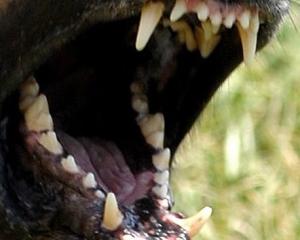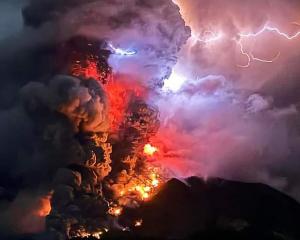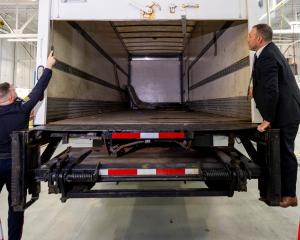A hypersonic weapon being developed by the US military was destroyed four seconds after its launch from a test range in Alaska after controllers detected a problem with the aircraft, the Pentagon says.
The craft was destroyed to ensure public safety, and no one was injured in the incident, which occurred shortly after 4am on Monday (local time) at the Kodiak Launch Complex in Alaska, said Maureen Schumann, a spokeswoman for the US Defense Department.
"We had to terminate. That's correct," Schumann said.
"The weapon exploded during takeoff and fell back down in the range complex," she said, adding that the test craft was destroyed in the first four seconds of its launch.
"I don't know the exact altitude, but it was not very far," she said.
The weapon was developed by Sandia National Laboratory and the US Army as part of the military's "Conventional Prompt Global Strike" technology development program, which is seeking to build a weapon that can destroy targets anywhere on Earth within an hour of getting data and permission to launch.
Schumann said the craft, known as the Advanced Hypersonic Weapon, was one of several platforms being tested as part of the Prompt Global Strike program. The craft had successfully flown from Hawaii to the Kwajalein Atoll in the Marshall Islands during a previous test in November 2011, she said.
The weapon, described by the Army as a first-of-its-kind glide vehicle, was supposed to fly from Alaska to the Kwajalein Atoll during Monday's test.
Schumann said that, in addition to the previous successful flight test, the hpersonic weapon had "gone through a series of ground testing and modeling and simulation." She said she wouldn't characterize Monday's terminated flight as a significant setback for the prompt global strike program.
"This was one concept that we were looking at in a range of possible CPGS (Conventional Prompt Global Strike) concepts," she said. "The whole CPGS program is event-driven, not time- or schedule-driven. So we learn, we keep learning from a variety of ground testing and modeling and simulation and other tests done on the range of concepts under CPGS."
Schumann said officials from the program, the US Army, Navy and Missile Defense Agency were conducting an extensive investigation to determine the cause of the accident.
The investigation will inform future tests for the weapon and other prompt global strike vehicles, she said.












